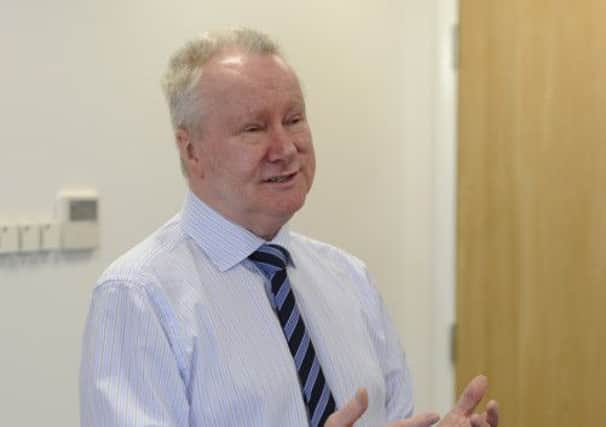NHS to install touch-screen computers in hospitals


New digital patient trackers will display a virtual map of the hospital ward.
All of a patient’s relevant identification and medical details can be accessed by touching an onscreen icon and free beds can be marked and reallocated.
Advertisement
Hide AdAdvertisement
Hide AdInitial results from NHS Borders show the “digital ward” can effectively reduce patients’ average length of stay.
The innovation is being piloted as part of a three-year plan to transform emergency care.
Health secretary Alex Neil said: “We know we are seeing more people than ever before coming to hospital as emergency admissions due to the ageing population.
“We need to make sure these services are fit for the future. That is why we are undertaking the most significant ever programme of change to emergency and urgent health care services, and these digital wards are just the start.
“We can’t see A&E departments in isolation – we have to look at how patients move through the whole hospital.
“This secure new technology will improve how quickly people are treated in our hospitals and how quickly we can get them back at home.
“I want all boards to have an electronic system in place.
“The system gives full visibility of what is happening across the hospital and cuts down on phone calls, and assists with the flow of patients in the hospital, reducing delays.”
Dr Hamish McRitchie of Borders General Hospital said: “As associate medical director, I know that from the medical assessment unit we can see what is going on in the whole hospital.
Advertisement
Hide AdAdvertisement
Hide Ad“The board round that takes place in the medical assessment unit means every patient in that ward is reviewed by every member of the multi-disciplinary team, every day.
“Our system helps to prevent patients staying in hospital longer than they need to and makes sure that our beds are used effectively.
“We don’t want anyone to be in the wrong ward or in hospital longer than they need to be – and neither do our patients!”
Over the last five years, hospitals have seen an increase of nearly 7 per cent in A&E attendances. Given Scotland’s ageing population, health officials forecast the increase is expected to continue to rise.
The Unscheduled Care Action Plan will try to speed up patient turnover, monitor staff performance and improve links with other areas of healthcare.
The patient tracker system is accessed on any computer within a hospital department and has one main touch-screen style whiteboard.
It enables clinicians in busy emergency departments to keep track of which patients have or have yet to be seen. It also highlights which beds are available or are due to become free.
The easy-to-use digital system can be changed or updated at the touch of a button on the screen.
Health officials say the screens should make it easier and quicker to prioritise patients according to their illness or treatment needed.